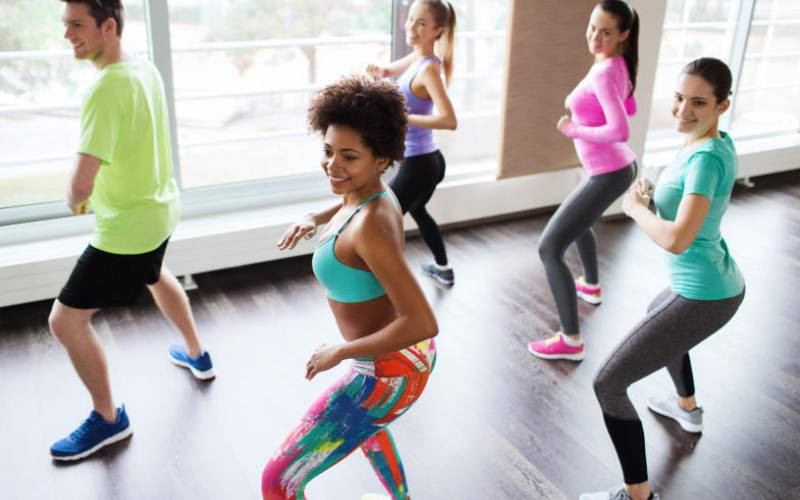Choosing the right attire for your workout

While discipline and consistency form the bedrock of any successful fitness regime, have you ever thought about the apparel and footwear?
What many don’t know is that workout attire extends significantly to injury prevention. This is especially the case with footwear. The shoes you wear must be appropriate for a specific activity. For instance, running shoes are engineered with cushioning to absorb impact and support forward motion, while cross-training shoes offer greater stability for lateral movements common in many gym classes or circuit training.
Wearing the wrong footwear, or even worse, worn-out shoes that have lost their structural integrity, can significantly increase the risk of acute injuries like ankle sprains or overuse conditions such as shin splints, plantar fasciitis and knee pain. If you’re serious, you must take the time to identify and invest in activity-specific shoes as a step in protecting your body.
When it comes to supportive clothing, a well-fitted sports bra is non-negotiable. During physical activity, breast tissue, which lacks muscle, moves multi-directionally. If you know, you know. Without adequate support, this movement can lead to discomfort, pain and, over time, contribute to the stretching of Cooper’s ligaments, potentially resulting in irreversible sagging.
The reason you really should not compromise on this is because sports bras are designed to minimise this movement, and their construction varies to offer different levels of support, from low to medium to high impact, appropriate for the intensity of the exercise. On top of that, your overall workout attire should fit correctly – that is, not too tight as to restrict movement or impede circulation, nor too loose that it could get caught on equipment or interfere with your workout.
Modern workout gear also leverages advancements in material science to enhance performance and comfort. What this simply means is that fabrics designed with moisture-wicking technology are particularly beneficial because they draw sweat away from the skin to the fabric’s surface where it can evaporate more readily. This helps to keep you drier, reducing the discomfort of damp skin and preventing chafing.









:strip_icc()/i.s3.glbimg.com/v1/AUTH_19863d4200d245c3a2ff5b383f548bb6/internal_photos/bs/2025/0/Y/diLAgpSX6tUmkmVe2i2g/7708.jpg)


